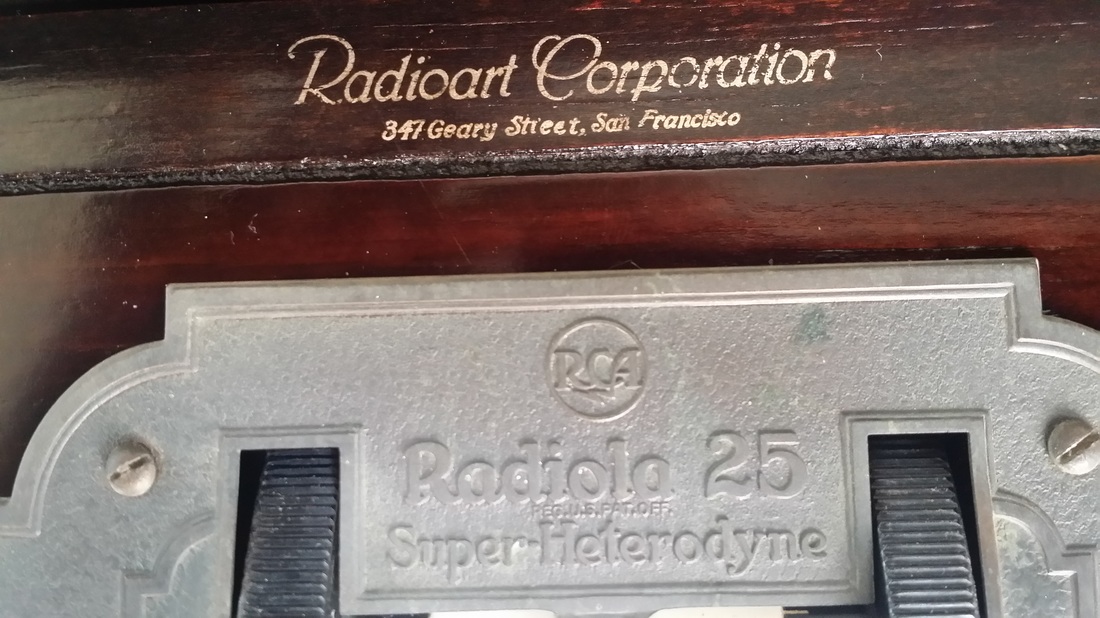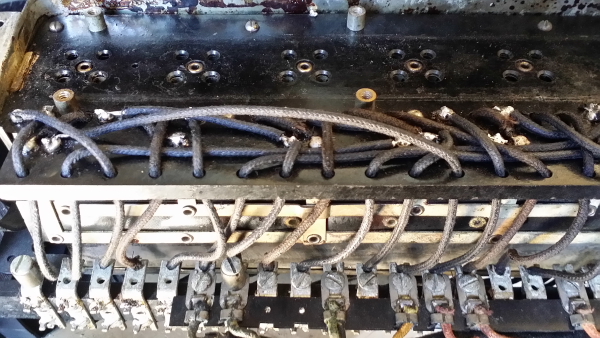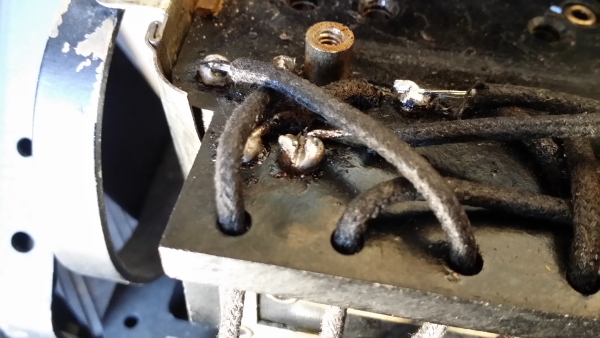I have a 55 gallon de-rusting tank that uses a 50A @ 12V supply, though I don't often have to use it. A lot of flaking plating or stains/rust can be removed with careful application of sulfuric acid which is a lot faster than navel jelly.
I have 5 gallon plating tanks for copper, nickel and bronze. The replating is usually nickel, not zinc or cadmium. It looks like fresh zinc and will stay that way. Acid copper can be applied over the nickel but not over unplated steel. Most of the plating supplies are from Caswell and are not cheap. I built the plating power supply which saved a lot of $$.
If you don't have a shop or a large SAFE area to work these processes are too toxic or otherwise dangerous to perform. De-rusting is always done outside. Combustible gasses may be released in these processes. Most of the plating solutions are toxic and cannot be released into the environment. I won't even consider chrome, though there are substitutes, nickel, if done properly is close enough.
Which brings up the point of tools needed for prep and polishing and more space and $$.
So this is something most people would not want to do. It is probably just too hazardous for people with young children assuming the work area can not be completely isolated. It is also too hazardous to do in a room of your home. It is too costly to setup for a single project. If you are not very careful with the process the solutions can be ruined. Like in painting, the prep is critical.
A few things that a restorer should know:
I left the catacomb unpotted so that future repairs would be possible. The components are still well coated with wax so they should be protected.
It is a good thing that the cat was accessible since there were 2 unforeseen problems. The first was an excessive B+ draw. It was 28ma and should have been about 10 (4 tubes). There was a mica cap that had developed a carbon arc. The cap was removed, disassembled, cleaned and reassembled - all fixed. The second issue was inconsistent filament voltages on some of the tubes. It turns out that the buss connection is a screw that the wire to the filament is soldered to. The joint was good but most of the screws were loose. So the solder was melted enough to get a screwdriver in the slot and tighten - also good.
In the picture below you can see the solder covered screw heads. DO NOT attempt to tighten the inner most screws. This is unnecessary since the inside contacts are soldered and movement will BREAK the connection. Just tighten the ones you can see going to the buss bars.









 RSS Feed
RSS Feed